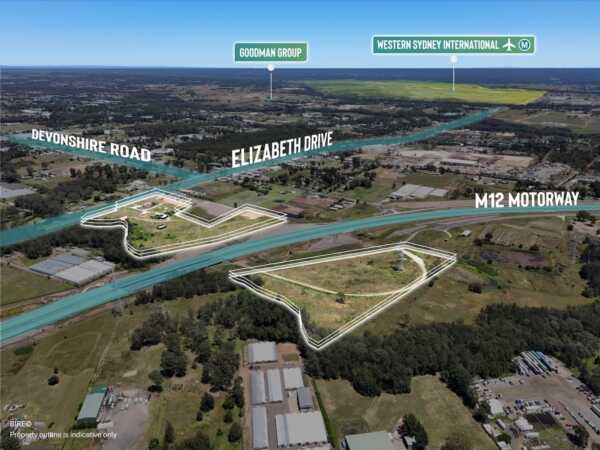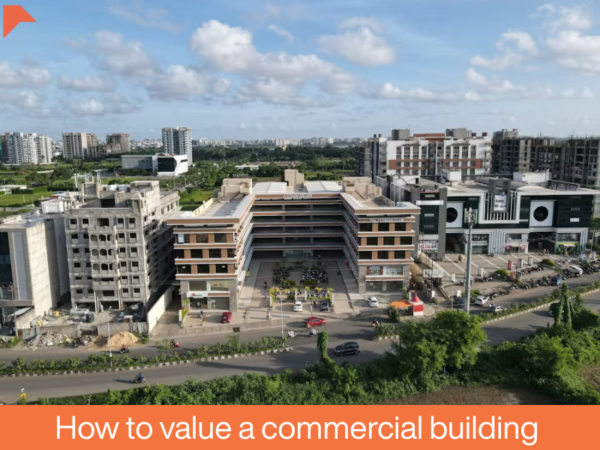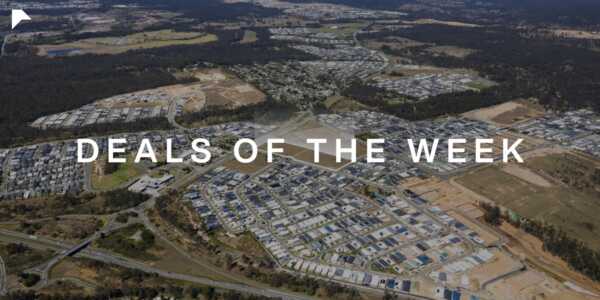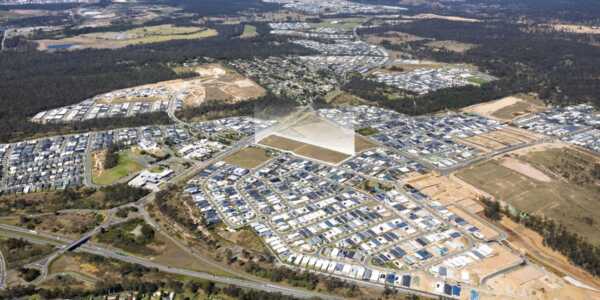As the year unfolds, commercial real estate professionals are watching market movements closely.
With interest rates stabilising, vendor sentiment shifting, and new opportunities emerging across key asset classes, the sector is poised for growth.
We spoke to leading industry figures to understand this month’s trends and what lies ahead.
Confidence Rises as Rates Decline
For the first time in four years, the Reserve Bank of Australia has delivered an interest rate cut, reducing the official cash rate 25 basis points to 4.1%.
This long-awaited adjustment is expected to boost liquidity and drive investment activity across the commercial sector.
Tim Grosmann, NSW Director of Commercial Sales at Savills Australia, sees this as a pivotal moment.
“A stabilised rate environment brings much-needed confidence back to the market,” he said.
“Pricing will remain under pressure, but the depth of capital waiting on the sidelines should ensure liquidity.”
Greg Bell, Head of Commercial & Industrial at RWC Gold Coast, agrees lower rates will accelerate momentum.
“With interest rates dropping, we expect renewed confidence in the market, which will accelerate activity across the board,” he said.
Reality Check on the Horizon?
Vendor expectations remain high, but current market dynamics suggest recalibration ahead.
“I am finding that vendor’s expectations are still very high and they can have an inflated view on the market, following the boom since the pandemic,” Mr Bell said.
According to Mr Grosmann, much of the repricing process has already played out.
“The gap between vendor expectations and buyer constraints is closing – slowly,” he said.
“The challenge now is for vendors to accept the new market reality and for buyers to recognise true value.”
In Victoria, increased buyer activity has buoyed vendor expectations, according to Tim McIntosh, National Director of Retail Middle Markets at Colliers.
“Some vendors have recognised this and are capitalising on the imbalance between the scarce supply and a deeper buyer pool,” he said.
Early Signs of Relief for Developers
Despite improving sentiment, developers continue to grapple with construction costs and financing constraints.
Mr Grosmann said developers are returning to the market but feasibility remains tight.
“Sites with approved plans and minimal holding costs will trade, while those requiring significant capital outlay will still face scrutiny,” he said.
In South East Queensland, Mr Bell remains optimistic.
“We continue to see strong demand for the southern Gold Coast, particularly in Burleigh Heads and Palm Beach,” he said.
Victoria is showing early signs of cost relief.
“Conversations with developers who are actively tendering or managing multiple projects indicate that construction costs have decreased by 5%-10%,” Mr McIntosh said.
“This reduction is promising for project feasibility and is likely a result of several projects being paused, allowing builders to take on new projects with increased capacity.”
The Asset Classes to Watch in 2025
The industrial, retail, and office sectors continue to lead investor interest.
Mr Grosmann expects logistics and last-mile distribution assets to perform well. “Neighbourhood retail will benefit from non-discretionary spending, and well-located offices with strong tenant demand will hold their ground,” he said.
Queensland continues to attract strong industrial and office investment, though any retail recovery will depend on sustained population growth.
“Hospitality suffered enormously during and after the pandemic due to rising costs and staffing shortages, and of course the enormous cost of living pressures,” Mr Bell said.
“We are seeing a lot of liquidation of retail tenancies at present.”
Victoria presents a more stable retail picture, with strong demand for mid-market neighbourhood shopping centres and large-format retail.
“These two retail sub-sectors have seen very low vacancy rates, positive rental spreads, and higher rental returns relative to historical averages,” said Mr McIntosh.
A Brighter Outlook Ahead
While challenges remain, our experts agree market sentiment is shifting from survival mode to measured optimism.
“We’re not out of the woods yet, but there’s light ahead,” Mr Grossman said.
“Financing remains selective, but liquidity is improving, and supply chains are stabilising - albeit at a new cost base.”
While 2025 may not see a return to past market highs, he expects transaction volumes to increase steadily.
“Investors who adapt to new conditions will find strong potential in the right assets,” he said.
Mr McIntosh anticipates a more stable investment landscape in Victoria as the year progresses.
“Greater confidence across interest rates, politics, inflation, yields, and construction costs gives investors a higher conviction in their forward outlook,” he said.
“This will translate into increased buyer activity, which we anticipate will continue throughout 2025.”
Meanwhile, renewed confidence will set the pace in Queensland, according to Mr Bell.
“That will come from putting the future Federal Election behind us, interest rate reductions, a strong economy moving through 2025 together with a strong stock market and continuing plenty of liquidity in the market for lending purposes,” he said.









